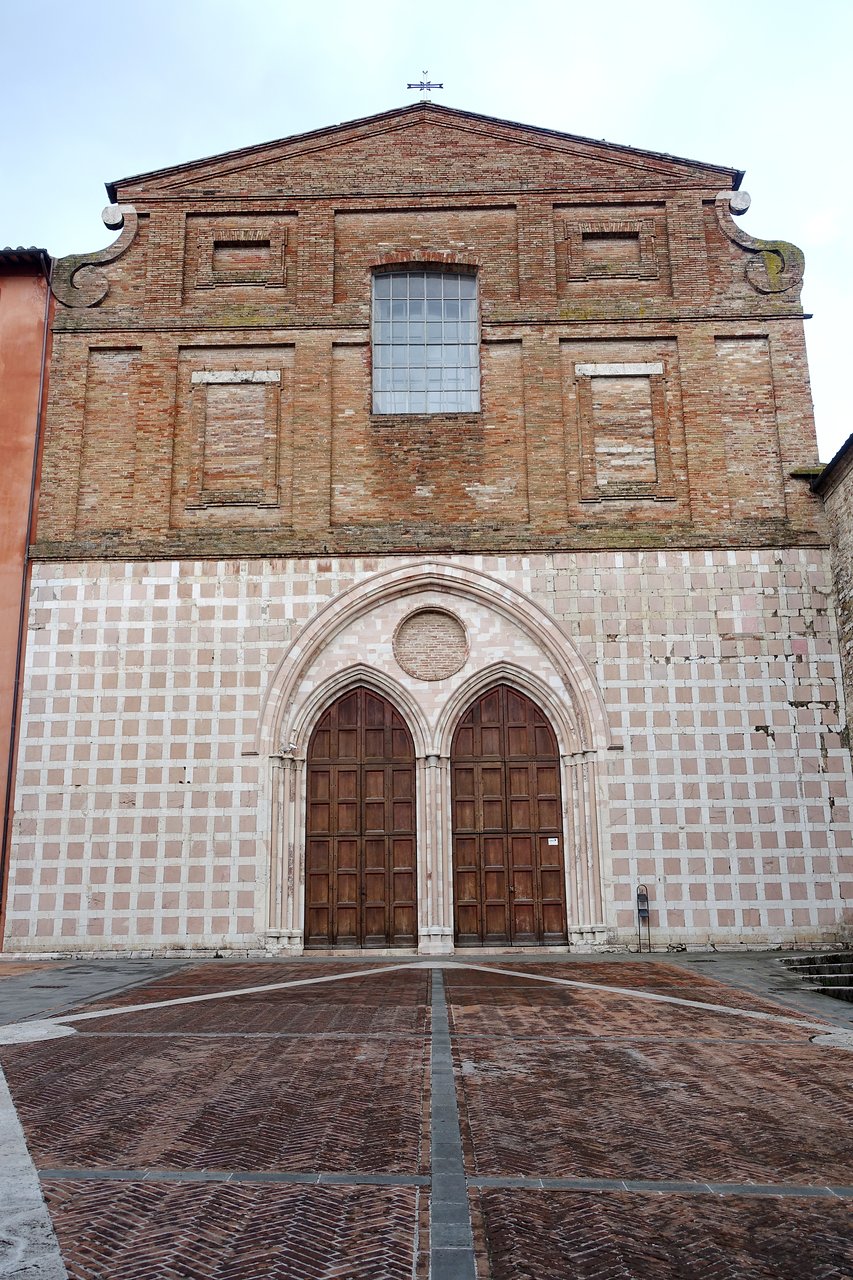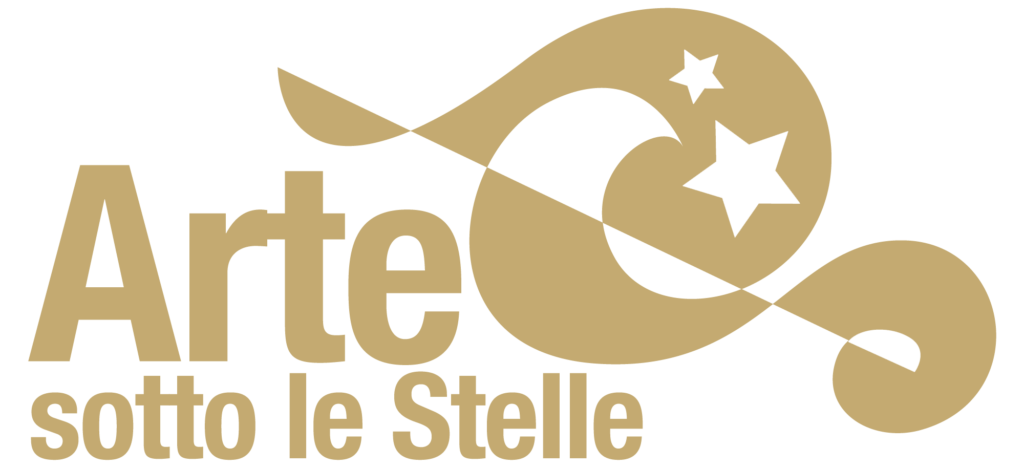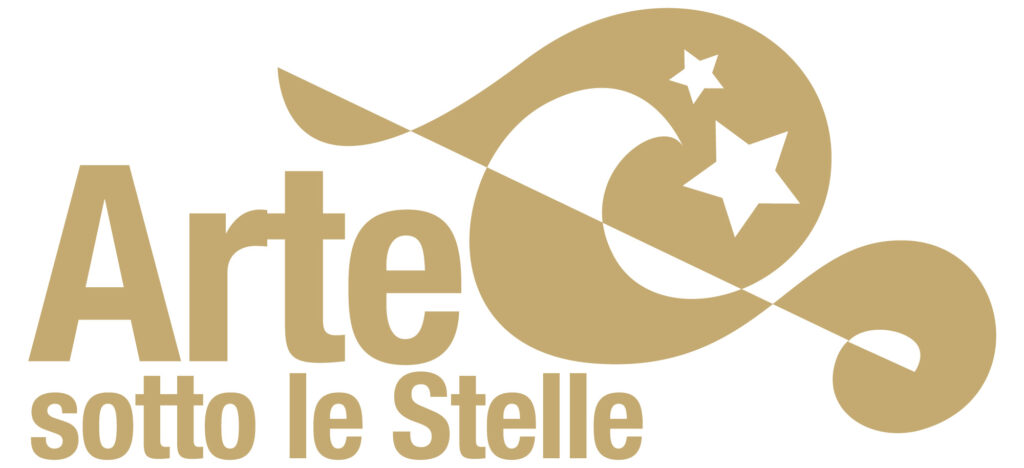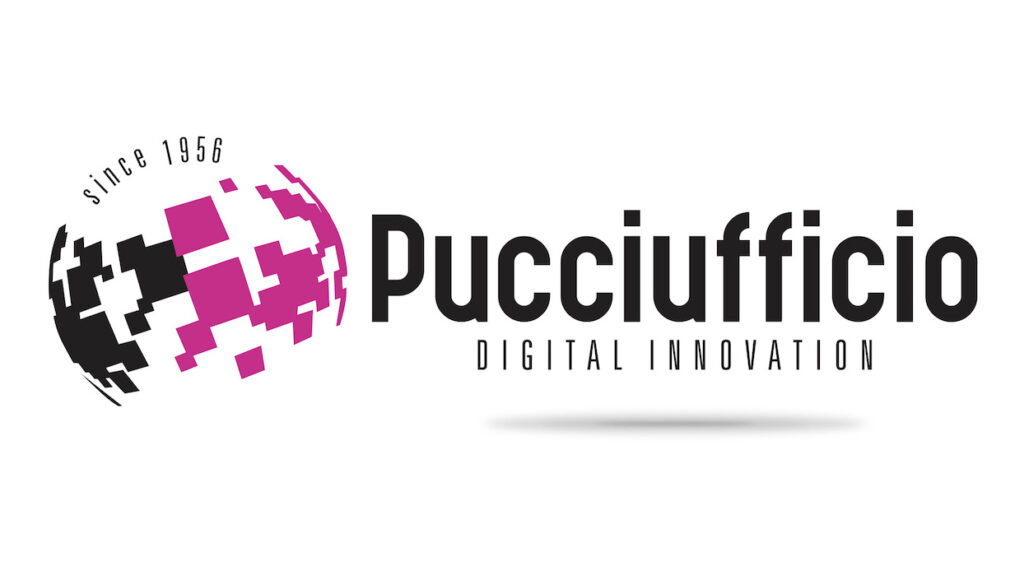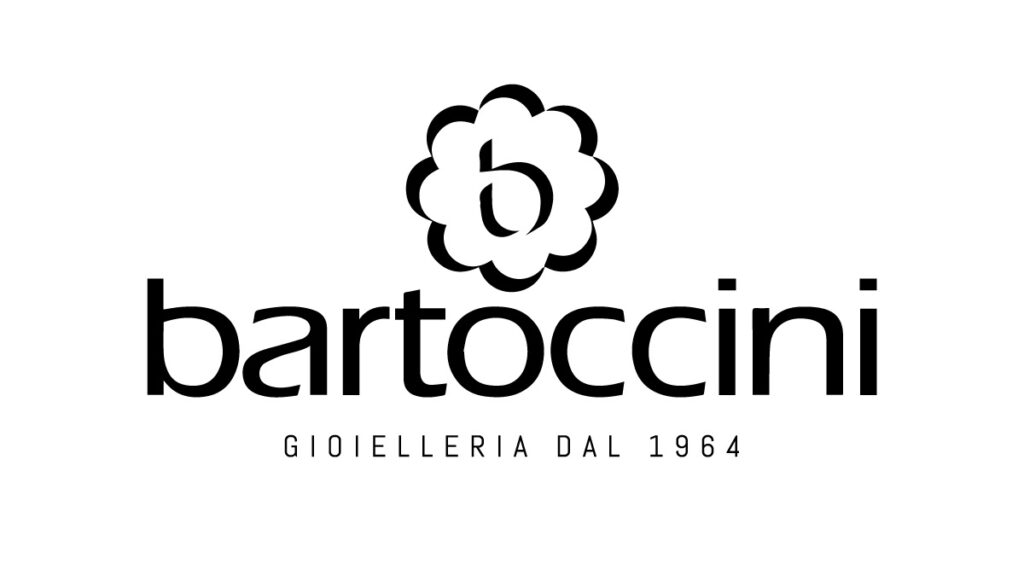Church of Sant’Agostino – Perugia
The complex, which originally looked like a humble building, was enlarged between the end of the thirteenth and the beginning of the fourteenth century, thanks to the growing importance given to the Order by the citizens of Perugia. In 1473 the façade was enhanced: the lower part shows a gemini Portal and a red and white squared stones cover; the upper half, developed in the late Reinassance by the architect Bino Sozi, present exposed-brickwork: the space is therefore divided in two parts with pilasters and a triangular tympanum.
The inside of the church has been continuously altered until the sixteenth century; many masterpieces are also preserved in the church’s chapels, such as a fresco by Giannicola di Paolo (Perugino’s follower), paintings by Arrigo Fiammingo and Perugino: the Umbrian painter realized the monumental Poliptyc, dismantled and whose panels are currently scattered in many museums.
In the right side of the church, there’s a fine Oratory, dedicated to the Brotherhood of Disciplinati, which shows two overlapped halls: the oldest one, was decorated with frescoes during the thirteenth century; the second one, created in the sixteenth century, was renewed between the seventeenth and the eighteenth century.
The agostinian convent, which was right next to the church, no longer exists: it was suppressed during the Post Unification of Italy period, and it has housed a barrack since then.
